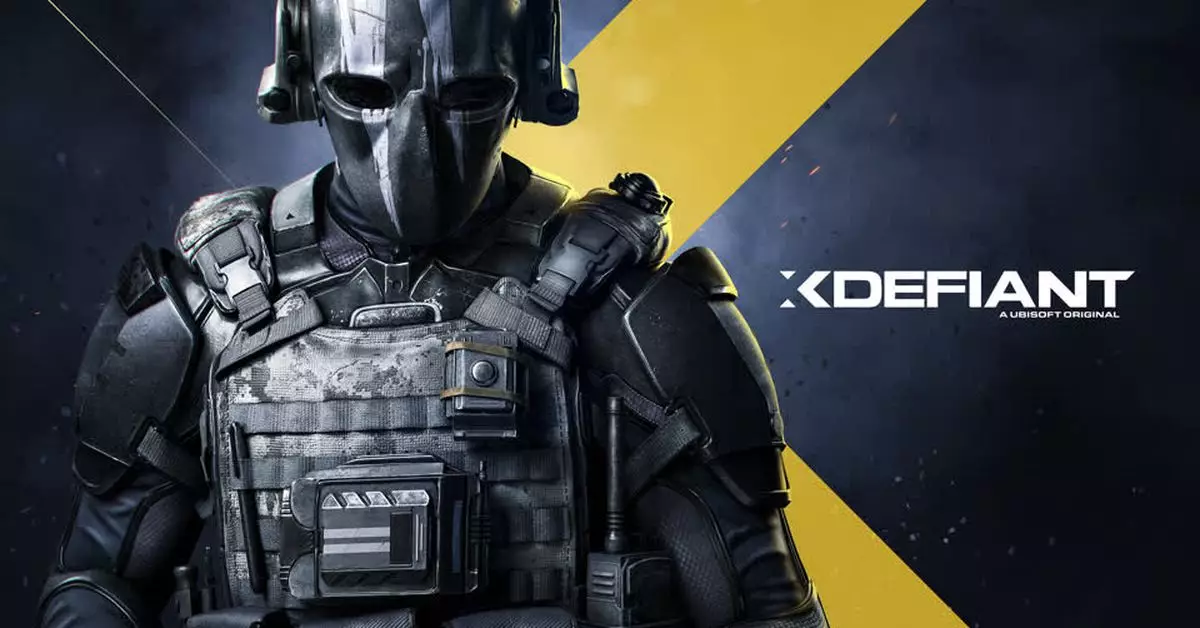Ubisoft’s recent announcement to end development on its free-to-play team-based shooter, XDefiant, underscores the unpredictable nature of the gaming industry. Launched in the spring of 2023, the game aimed to carve a niche in a highly competitive market. Initially met with optimism and touted for its potential, XDefiant’s rapid decline serves as a stark reminder of the challenges faced by game developers in sustaining player engagement and profitability.
Upon its closed beta release, XDefiant garnered significant attention and enthusiasm, attracting over one million players. Following this momentum, Ubisoft reported that the game reached an impressive milestone of over 10 million players within its first two weeks post-launch. This early success led many to believe that XDefiant could stand alongside other blockbuster titles. The promise of strategic gameplay and unique character classes generated considerable excitement among the gaming community, allowing Ubisoft to market it effectively.
However, the peak of this success proved fleeting, leaving industry watchers to wonder what went wrong. Players were initially captivated by the gameplay, but maintaining ongoing interest is a different challenge altogether. This situation serves as a critical learning point regarding how developers may overestimate initial engagement without planning for sustainability.
The Decline and Struggles
As the months progressed, concern grew within the community about the game’s longevity. Reports from credible sources indicated that concurrent player numbers across platforms dwindled dramatically, falling below 20,000 players. This decline in active users raised red flags about the game’s health. Although Ubisoft announced plans for Season 3 content and maintained that core functionalities would remain accessible until summer 2025, these reassurances did little to halt the bleeding. The question now is: how did a game with such initial promise lose its player base so quickly?
This phenomenon could stem from various factors, including competition from other popular titles, a lack of innovative content, or player dissatisfaction stemming from gameplay mechanics. The gaming landscape is replete with choices, and even a slight downturn in player sentiment can significantly impact a title’s sustainability.
In light of XDefiant’s swift demise, the gaming industry must reflect on the lessons imparted by this scenario. Developers should prioritize not only the initial launch but also the post-launch support that keeps players engaged. Game longevity increasingly hinges on continuous updates, community feedback, and innovative content that aligns with player expectations.
Moreover, it raises the pressing question of how to better gauge the sustainability of an influx of new players. Companies must adapt their strategies to ensure they are not merely riding the wave of initial excitement but are prepared for long-term engagement through community building and addressing player needs.
The case of XDefiant serves as a cautionary tale in the gaming industry, emphasizing that early success does not guarantee long-term viability. Ubisoft’s experience highlights the importance of maintaining player engagement beyond launch, ensuring that studios invest in player feedback, ongoing development, and innovative content. Whether this lesson will resonate within the industry remains to be seen, but one thing is clear: the road to long-term success is paved with continuous nurturing and adaptation, not just initial hype.


Leave a Reply